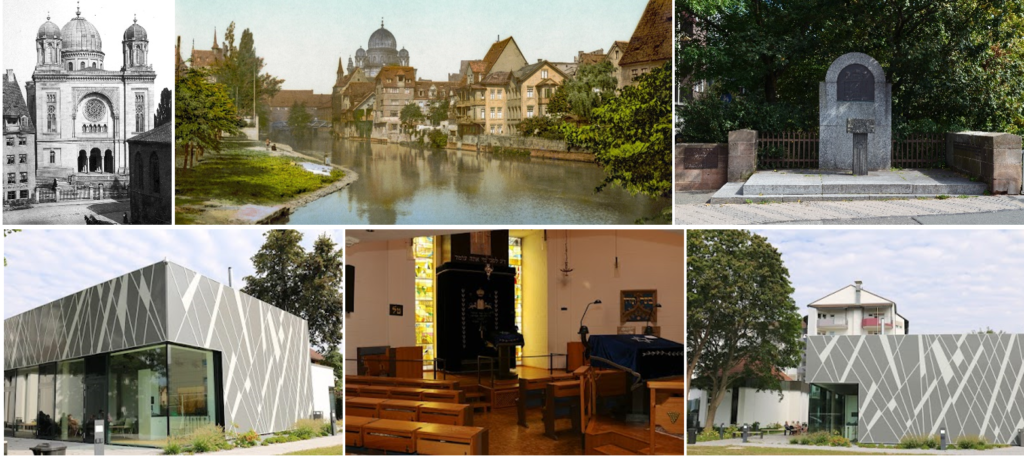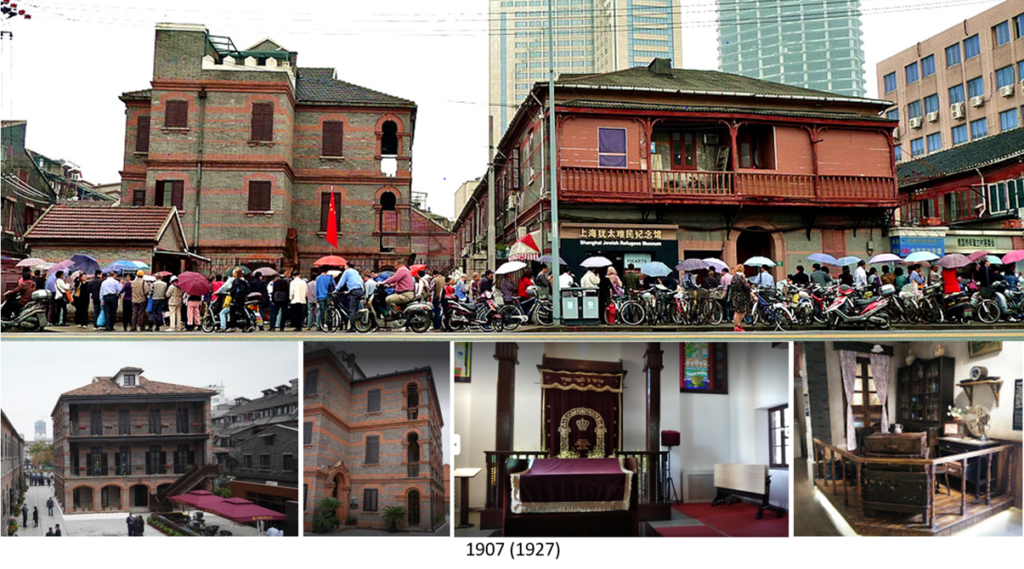
When Rosh Chodesh Nissan falls on Shabbat, three Sifrei Torahs are brought out.
In the first Sefer-Torah, the parashah of the week is read:
This year, Tazria (תזריע — she shall conceive), Leviticus 12:1–13:59
In the second sefer, it is that of:
Rosh Chodesh, Numbers 28:9-15
In which it is a question of the sacrifices of the Shabbat and those of the neomenia
And in the third that of:
Hachodesh, Exodus 12:1-20
HaShem says Nissan is the first of the months
and He gives His instructions for Passover.
The reading of the Haftata is in:
Ezekiel 45:16-46:18 (Ashkenazi) and 45:18-46:15 (Sephardi)
יח בָּרִאשׁוֹן בְּאֶחָד לַחֹדֶשׁ, תִּקַּח פַּר-בֶּן-בָּקָר תָּמים; וְחִטֵּאתָ, אֶת-הַמִּקְדָּשׁ
18 In the first month, the first of the month, you shall take a young bull without blemish and cleanse the sanctuary.
- Tazria begins with the commandment of circumcision. Then, we deal with the sources of ritual impurity. A woman who has given birth to a child must undergo a process of purification which concludes with immersion in a Mikvah (מקוה – ritual bath), a pool or natural water source, and the bringing of sacrifices to the Temple. After that, a new cycle begins.
- Rosh Chodesh is related to the renewal of the moon; it is the beginning of a new cycle.
- HaChodesh: The month of Nissan is given as the first of the months, it is the first time (French: Printemps), it is the spring, it is the grain which germinates (אבִיב); so it is also a new cycle. Especially since the parashah HaChodesh relates the preparations for the first Passover. This is the time when the Jewish people pass from the state of slaves to that of free men.
Until 2019, Jewish women in Korea had to travel to Japan or China to soak in the mikveh. Getting to a nearby beach was also a possibility, but that meant waiting until late at night when the beaches were empty. Since April 2019, thanks to Rabbi Osher Litzman and his wife Mussy, women can go to the new mikvah in Seoul. The building was built on a hill in an ancient royal Korean style combined with the modern high-tech architecture currently in vogue in this country. The ritual bath has the shape of a drop of water, a strong symbol of rebirth.




